Centurion Crabapple Tree
$129.50 Original price was: $129.50.$90.65Current price is: $90.65.
- Free Shipping over $25
- Fast & reliable delivery options
- Enjoy top quality items for less
- Multiple safe payment methods

In colder parts of the country flowering trees in spring are scarce, and often unreliable. Once the flower buds begin to swell they are sensitive to cold, and they will quickly die if the weather turns cold again. Many simply cannot take very cold winter temperatures at all. But there is one group of spring-flowering trees that is reliable, with spectacular flowers, even in zone 4 and colder. These are the flowering crab apples. There blossoms rival the Japanese Flowering Cherries, which usually need warmer zones to thrive. There are many flowering crabapples, but one of the very best is the Centurion Crab Apple, which has a whole succession of features that bring interest season after season.
Spring brings the glory of its rose red flowers, clustered on the bare stems. As these fade, they are replaced by red-tinted leaves, which later turn deep green, before ending the year in a fall display of orange and red tones. In late summer the clusters of hanging red fruits will be seen, becoming brighter in fall, and hanging on the trees after the leaves drop, to carry color through into the winter months.
Growing Centurion Crabapples
The Centurion Crab Apple is a small to medium-sized tree, reaching no more than 25 feet tall, and spreading in time to about 20 feet across. Its branches form an attractive crown, strongly branched and shaped like an inverted pyramid. The bark is mottled in shades of brown, seen most effectively in winter. If you live in colder areas crab apples as the ‘go to’ for flowering trees to bring spring alive. In warmer areas they are a wonderful compliment to other flowering trees like Japanese flowering cherry, which bloom usually a little earlier, so that crab apples continue the display into May.
Hardiness
In cold areas such as zone 4, it is especially important to choose hardy varieties, and the Centurion Crab Apple has very hardy winter buds, and it will still bloom reliably after severe winter cold. As well as blooms, there are other good reasons to grow the Centurion Crab Apple. Unlike many other flowering trees, crab apples give double interest, because the fruits are almost as beautiful as the flowers. The fruits vary in size and color, and the Centurion Crab Apple has beautiful rosy-red apples that are about the size of cherries, carried in hanging clusters all along the branches.
Uses in the Kitchen
These relatives of eating apples are too sour to eat raw, but they do make very tasty jellies, that are an amazing shade of pink, from the skin of the fruits. If you like preserving, and like to eat food from your garden, then crab apple jelly is your friend. As well, the profuse bloom of crab apples will pollinate almost any type of eating apple, so that you can grow one crab apple tree and pollinate a whole collection of eating apples, without having to worry about precise matching of varieties.
Planting and Initial Care
Plant the Centurion Crab Apple in a sunny or lightly-shade spot, as a specimen in a lawn, in a row along a driveway or property line, or as a backdrop behind flowering shrubs. You may want to keep it away from a driveway or patio, because of the falling fruit in fall and winter. It will grow well in almost any type of soil that is not wet, from sand to clay, and from acid to alkaline.
Although apple trees can be bothered by some pests and diseases, the Centurion Crab Apple is a tough, reliable plant that is not usually threatened by serious problems. A good way to reduce leaf diseases is to rake up and destroy the leaves in fall, as these can carry diseases from one season into the next one. Once established, plants are moderately drought tolerant, but watering during long periods of drought is recommended.
History and Origins of the Centurion® Crab Apple
Crab apples are a complex group of apples species, separate from the main species which gave us eating apples, which is Malus pumila, also called Malus domestica. These ancient trees grew wild across Europe, Central Asia, and into China, and gardeners have bred them for centuries, so that the exact parentage of modern varieties is hard to establish. Bob Simpson was a plant breeder who ran Simpson’s Nursery in Vincennes, Idaho. He was a keep breeder of crab apples, and he introduced the Centurion Crab Apple in 1978. He called it Centurion, because it stood strong and upright, but when it was introduced into nursery production by Lake Country Nursery in Perry, Ohio, they named it ‘Centzam’, although that name was never patented. The name Centurion became its registered trademark.
Our Centurion Crab Apple Trees are grown from selected stem pieces from correctly identified plants of this tree. These are attached to the roots of special apple plants bred precisely to grow into sturdy, vigorous plants – and that is what we have available. Top-quality crab apple varieties are always in high demand, so our stock will soon be gone. Order now to avoid disappointment.
Be the first to review “Centurion Crabapple Tree” Cancel reply
Related products
Flowering Cherry Trees
Flowering Trees
Dogwood Trees
Crape Myrtle Trees
Flowering Trees
Flowering Trees
Flowering Cherry Trees
Crape Myrtle Trees



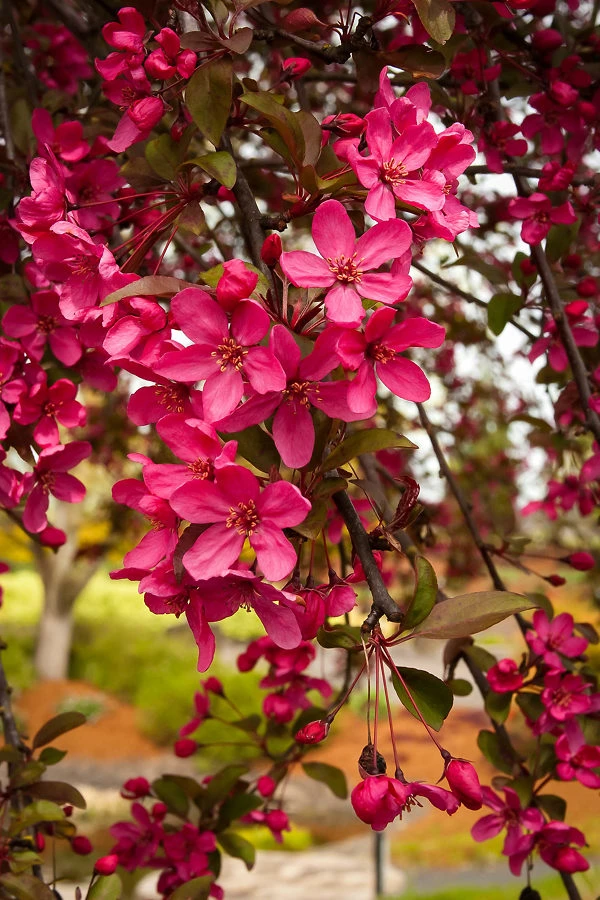
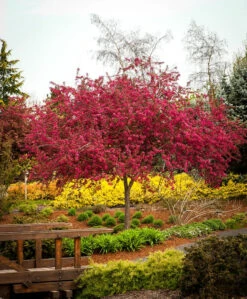
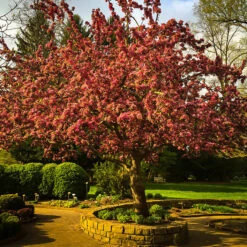
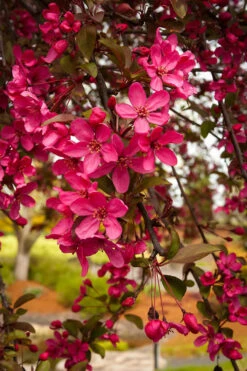
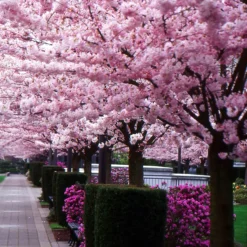




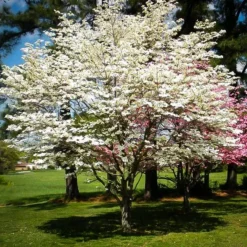

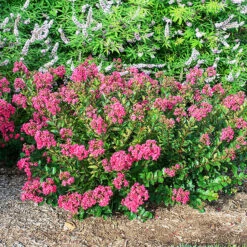
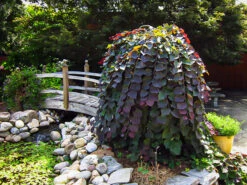
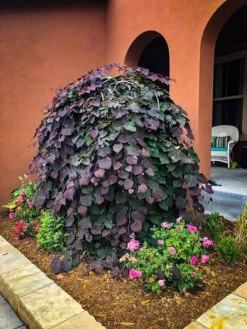

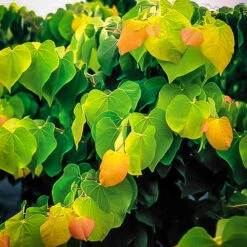


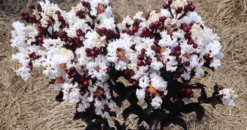
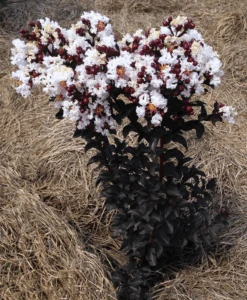
Reviews
There are no reviews yet.